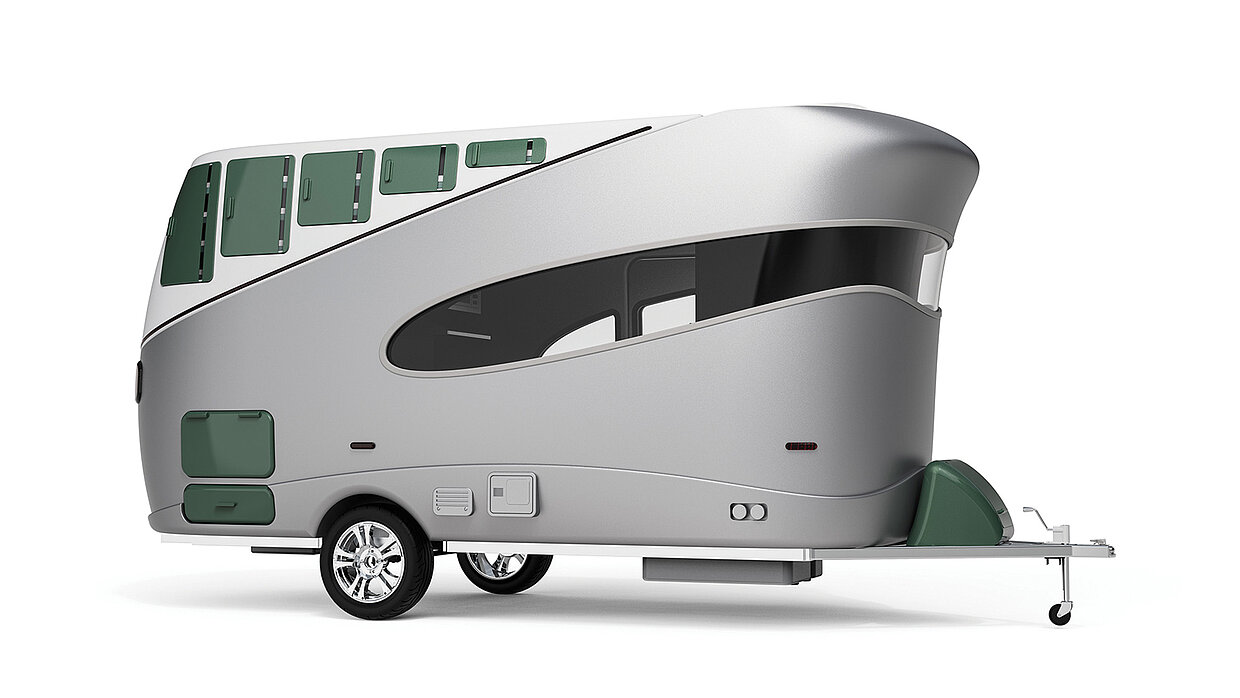
Thirsty House

Rejecting the current residential typology and lavish suburban lifestyle, the house stands as a subterranean, meandering trace of water. Materialising natural drainage patterns of the site into a set of rippling surfaces, it crafts a solemn yet intimate spatial experience, while serving as an attenuated catchment path and greywater treatment course.
Architecture as manifesto - While issues such as global warming and sea level rise consume attention of a majority of the design field, The Thirsty House aims to alarm the public of the imminent global water crisis as a spartan retreat in a hypothetical post-water age. Prototyped symbolically for World’s End Park, Boston, a decision far from coincidental, the Thirsty House is a product that can be designed algorithmically and manufactured digitally for future locations, expanding the reach of its advocacy.
Reducing water footprint - Rainwater and groundwater runoff can be collected and purified along the stretch of the house to sustain basic living needs, now arranged in the order of optimised water reuse: from drinking outlet to kitchen sink, from basin to cloth washing station, and from bathing caldron to toilet.
The main structure consists of a plastic composite shell, wood interior finish, and a layer of styrofoam insulation in between, all pre-fabricated off-site and in segments to ensure minimal excavation, fast installation and conservation of energy. These materials are carefully selected for their minimal embodied water usage.
Connection to landscape - The subterranean house nestles deep into the hillside to minimise building footprint, construction impact and visual disruption. Situated along the direction of groundwater flow, it renders the surrounding landscape both off-grid infrastructure to support reduced residential plumbing needs, and surrogate for the notoriously water-consuming front and back yards. Earth-sheltered, the house benefits from not only an introspective spatial experience, but also a reduction in exposed surface area, temperature fluctuation, and energy usage.

Credits
-
Design:Zhang Jie, China


